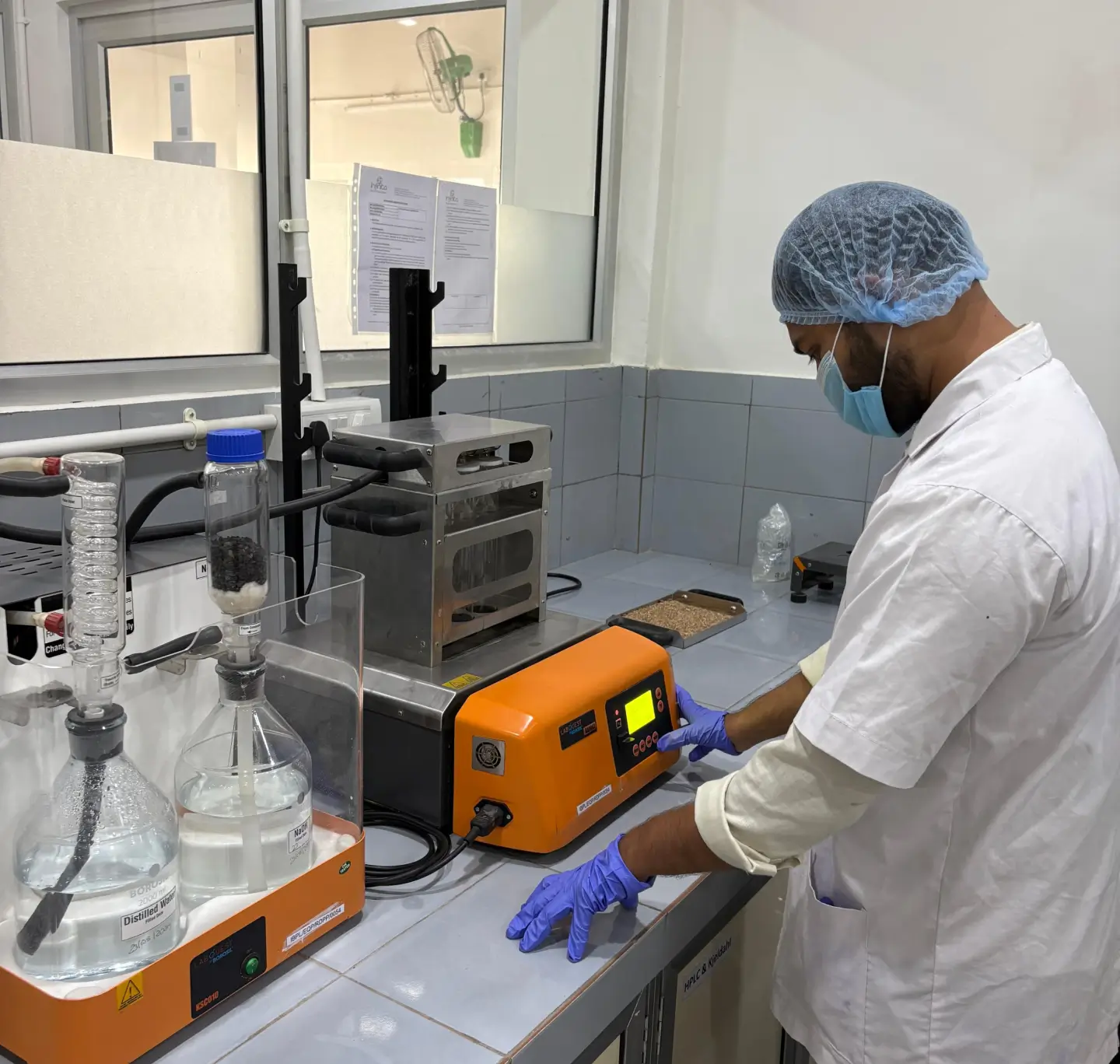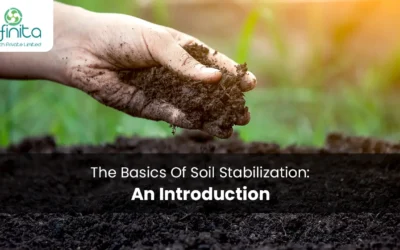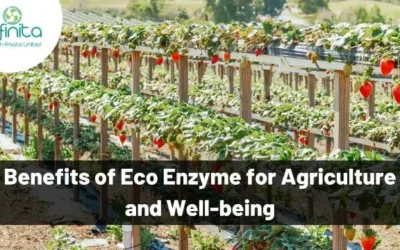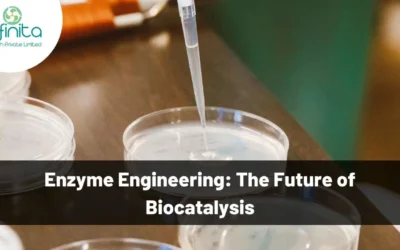Introduction
Enzymes are biological catalysts that speed up chemical reactions in living organisms. They play a crucial role in digestion, metabolism, and industrial applications such as food processing, pharmaceuticals, and textiles. But how did scientists discover and understand these powerful molecules? The history of enzymes is a fascinating journey of discovery, experimentation, and scientific advancement.
In this blog, we will explore the key milestones in enzyme history, from early observations to modern applications.
Early Observations of Enzymes
Ancient Uses of Enzymes (Before the 17th Century)
Long before the scientific discovery of enzymes, humans unknowingly used them in food production.
- Fermentation – Ancient civilizations used yeast (which contains enzymes) to make bread, beer, and wine.
- Milk Coagulation – The enzyme rennin (found in animal stomachs) was used to make cheese.
- Food Preservation – Enzymes in fruits were used to tenderize meat.
Discovery of Biological Catalysis (17th – 18th Century)
The first scientific clues about enzymes emerged when scientists studied fermentation.
- In 1600s, Dutch scientist Jan Baptista van Helmont observed that a “ferment” was responsible for turning starch into sugar.
- In 1783, Italian scientist Lazzaro Spallanzani suggested that digestive fluids contain active substances that break down food.
The 19th Century: Enzyme Research Begins
The Role of Enzymes in Digestion
- In 1833, French chemists Anselme Payen and Jean-François Persoz extracted diastase, the first enzyme ever discovered, which breaks down starch into sugar.
- In 1836, German scientist Theodor Schwann identified pepsin, an enzyme in the stomach that helps digest proteins.
- By the 1860s, scientists realized that enzymes were responsible for many chemical reactions in living cells.
Fermentation and Enzyme Action
- In 1857, Louis Pasteur discovered that yeast cells cause fermentation, proving that enzymes are linked to living organisms.
- He believed that fermentation was only possible in whole living cells, a theory known as “vitalism”.
The 20th Century: The Rise of Enzyme Science
Breaking the Vitalism Theory
- In 1897, German scientist Eduard Buchner disproved Pasteur’s theory by showing that yeast extracts (without living cells) could ferment sugar.
- This proved that enzymes work outside living cells and are simply biological catalysts.
Naming and Classification of Enzymes
- In the early 1900s, scientists started classifying enzymes based on their function.
- The suffix “-ase” was introduced (e.g., lipase breaks down fats, amylase breaks down starch).
- Enzymes were grouped based on the reactions they catalyze, such as proteases, carbohydrases, and oxidases.
Enzymes as Proteins
- In 1926, American scientist James B. Sumner successfully crystallized the enzyme urease, proving that enzymes are proteins.
- His work earned him the Nobel Prize in Chemistry in 1946.
Enzyme Kinetics and Mechanisms
- Scientists Leonor Michaelis and Maud Menten introduced the Michaelis-Menten equation in 1913, explaining how enzyme activity depends on substrate concentration.
- In the 1950s, detailed studies of enzyme structures began, leading to the discovery of how enzymes bind to substrates.
Modern Enzyme Research and Applications
Advancements in Enzyme Engineering
- In the 1950s-1970s, researchers began using enzymes in industries like food processing, pharmaceuticals, and detergents.
- DNA polymerase, an enzyme crucial for genetic research, was discovered and later used in PCR (Polymerase Chain Reaction), revolutionizing biotechnology.
Enzymes in Medicine and Industry
- In the 1980s-1990s, genetic engineering allowed scientists to modify and mass-produce enzymes for industrial and medical use.
- Today, enzymes are used in gene therapy, drug development, and biofuel production.
Conclusion
The history of enzymes is a story of discovery and innovation. From their early use in fermentation to their modern applications in medicine, food, and industry, enzymes continue to shape science and technology. As research advances, enzymes will play an even greater role in healthcare, biotechnology, and sustainable industries.







